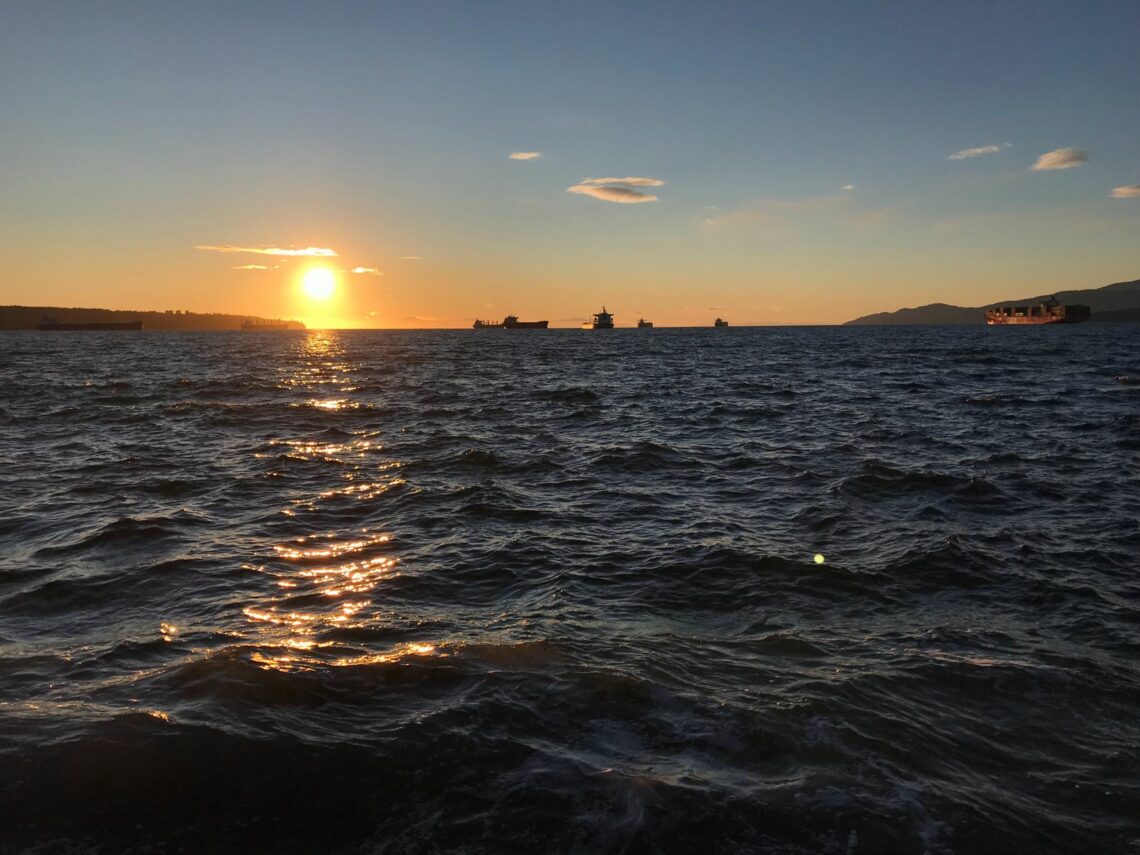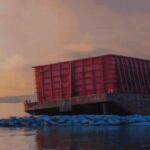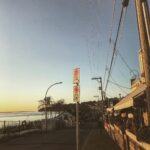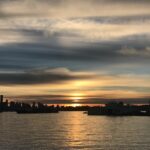Critically reflect on and articulate concepts around modality, pedagogy, and access, including distributed and open learning theory, online and open learning history, privacy laws, online learning communities, open research, and open data. And, Conduct research into and critically reflect upon emerging and future educational technologies
As a part of this course, in order to meet this specific learning outcome, I wrote blog posts, engaged with peers in my pod on their blog and mine, as well as read articles, took notes, and engaged in critical thinking and privacy laws regarding the topic.
In topic 3 I wrote about some of the key insights of engagement with open pedagogy, as well as the challenges that exist in contemporary curriculum design.
Here is my blog3 snippet:
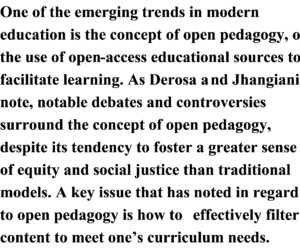
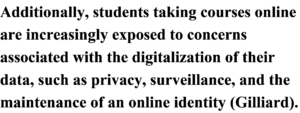
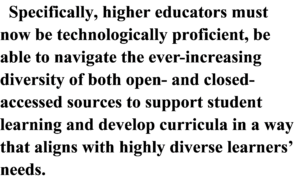
And I reading my learning pod members Bingxin blog3. Some thoughts on the privacy laws of Open teaching.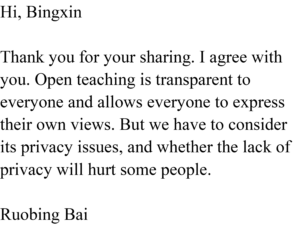
The concept of open teaching is one that has tremendous potential. However, a cursory understanding of the topic might suggest online academic chaos. DeRosa and Jhangiani (2017) describe an environment that is dynamic, contested, constantly under revision and resistant of static definitional claims. This is perhaps why my learning pod members Bingxin and Susie posed this challenge to me:
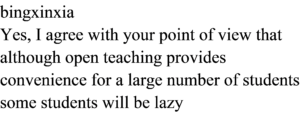
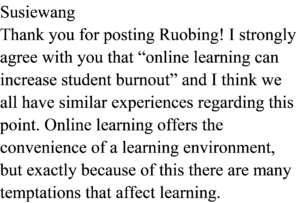 Arguably, there is no defence for this criticism, for one must argue that some students will be lazy regardless of the environment of learning. Who among us does not remember one or two lazy students from school? Yet in those cases, there was an instructor right there in the classroom to motivate and reach those students. Open learning scenarios require more intrinsic motivation. My pod partner was on this track when Boyue posting the following:
Arguably, there is no defence for this criticism, for one must argue that some students will be lazy regardless of the environment of learning. Who among us does not remember one or two lazy students from school? Yet in those cases, there was an instructor right there in the classroom to motivate and reach those students. Open learning scenarios require more intrinsic motivation. My pod partner was on this track when Boyue posting the following:
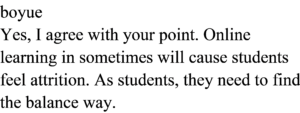
I would argue here that one of the basic characteristics of Open Pedagogy, especially as described by DeRosa and Jhangiani (2017) as forcing many students to work harder if they want to succeed in the endeavour and actually learn. It is one thing to be able to hide out in a biology lecture of hundreds at a major university; it is quite another thing when one is expected to contribute to the scholarly process. Open Education Resources (OERs) are characterized by the 5 Rs, in that they can be reused, retained, redistributed, revised, and remixed (DeRosa & Jhangiani, 2017). It is this free exchange of information that might have some experts worried, wanting to characterize OERs as invalid as Wikipedia. And, because of the 5 Rs, for some people who attach great importance to personal privacy, they do not want the learning results of their efforts to be reused by other pepole.
Yet, by completing these activities. I learned Open Pedagogy is more than just OERs (DeRosa & Jhangiani, 2017). It requires a skilled instructor to guide students as they contribute to building knowledge through such tools as blogs and wikis (DeRosa & Jhangiani, 2017). Otherwise, what is supposed to be education is nothing more than 4chan, where every crazy idea is accepted as equally valid. Open Pedagogy requires specific approaches focusing on collaboration, connection, diversity, and democracy, but still retains critical assessment (DeRosa & Jhangiani, 2017). By remaining within an academic environment, even a virtual one, Open Pedagogy pushes students towards collaboration, such that “free riders” are less likely.
The things I learned matter to me there is significant challenge to making Open Pedagogy universally available: digital redlining. According to Gilliard and Culik (2016), many community colleges in the United States limit the information that their students can access. In order to do so, these colleges track student digital engagements in order to regulate their information boundaries (Gilliard & Culik, 2016). There is more at stake here than just potential embarrassment at researching a controversial subject. Limiting access to information of any kind is a form of censorship, which is the opposite of the purpose of education. Teachers are supposed to free minds, not restrict them into narrow boxes of thought and any institution of higher learning that engages in such practices is not serving the best interests of students, the community, or academia. Rather, restricting access to information also protects some people privacy rights that they do not want the learning results of their efforts to be reused by other people. So, we should properly use and borrow from Open Education Resources (OERs).
References:
Kral, I. & Schwab, R.G. (2012). Chapter 4: Design Principles for Indigenous Learning Spaces. Safe Learning Spaces. Youth, Literacy and New Media in Remote Indigenous Australia. ANU Press. http://doi.org/10.22459/LS.08.2012
DeRosa, R., & Jhangiani, R. (2017). Open pedagogy. A Guide to Making Open Textbooks with Students. https://press.rebus.community/makingopentextbookswithstudents/chapter/open-pedagogy/
Gilliard, C., & Culik, H., (2016, May 24). Digital redlining, access, and privacy. Common Sense Education. https://www.commonsense.org/education/articles/digital-redlining-access-and-privacy
